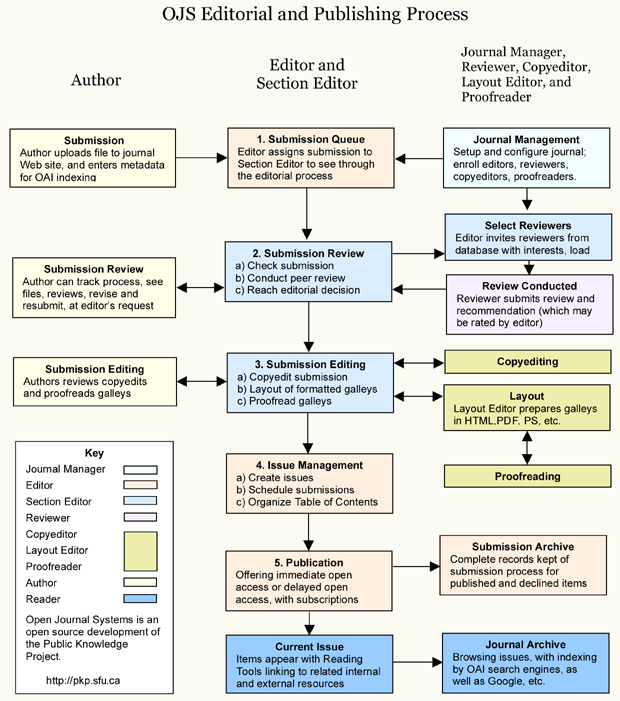All manuscripts submitted to Adabiya must follow the author guidelines of this journal and be done through the OJS environment. The submitted manuscripts must address scientific merit or novelty appropriate to the aim and scope. All manuscripts must be free from plagiarism content in which all authors are suggested to use plagiarism detection software to do the similarity checking. Editors check the plagiarism detection of articles in this journal by using a Plagiarism Checker software.
The manuscript submitted to this journal will be peer-reviewed by 2 (two) or more expert reviewers to ensure the publication quality. The articles will be sent to the peer reviewers to get the Double Blind Peer Review Process and will be returned to the authors to revise. The reviewers give scientific valuable comments improving the contents of the manuscript.
The final decision of article acceptance will be made by Editors according to reviewers' comments. Publication of accepted articles including the sequence of published articles will be made by the Editor in Chief by considering the sequence of accepted date and geographical distribution of authors as well as the thematic issue.
Editors make decisions based on reviewer recommendations as follows:
- Manuscripts can be accepted without changes
- Manuscripts may be accepted with minor revisions
- Manuscripts may be received with major revisions
- Manuscript rejected
The following image can help the author understand the process of submitting articles to the publishing process. The estimated total time required on average is 12 weeks (3 months).








